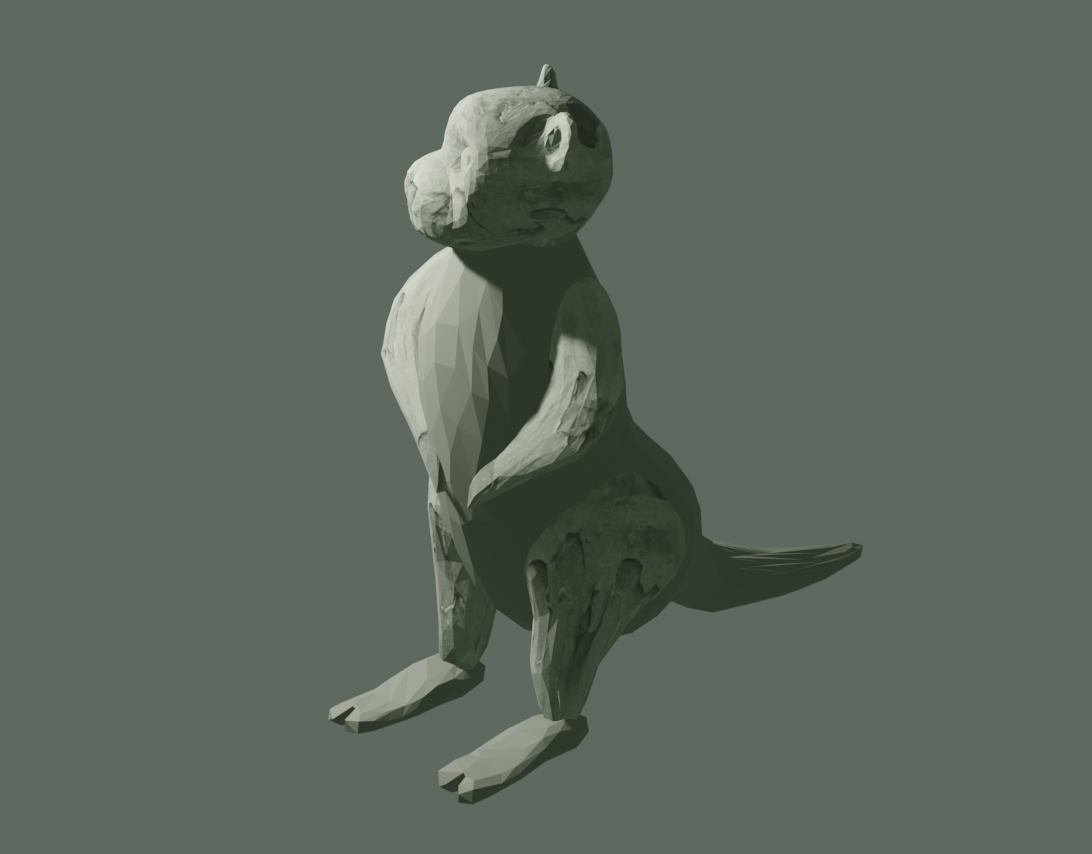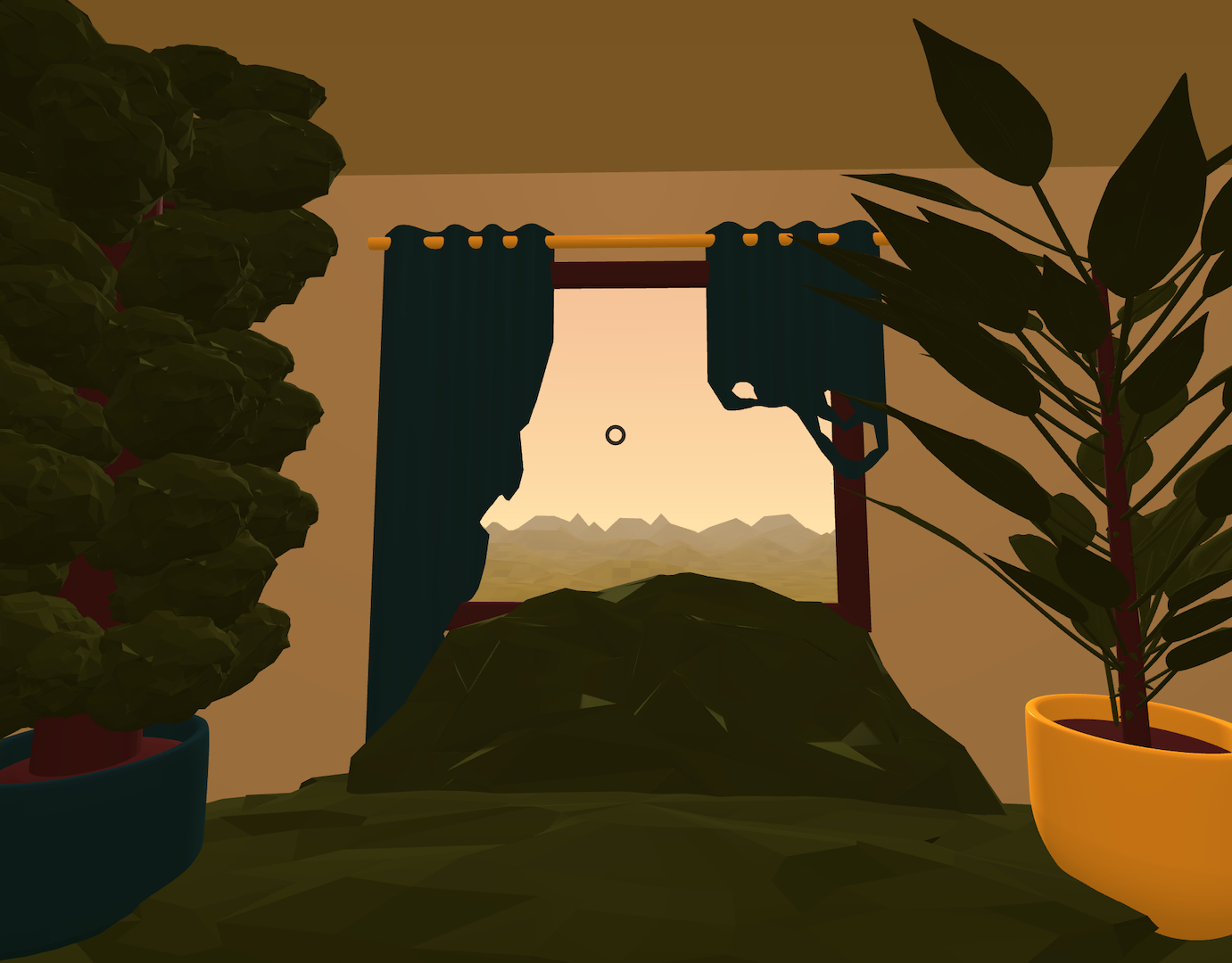Here is the video documentation for my final project, which I presented at St. James Hatcham Church for the exhibition Damned Soggy Oat Patch, the 2022 Digital Arts Computing Degree Show.
Phoenix Valley is a physically interactive, mixed-reality installation that explores the cyclical destruction and reinvention of ecosystems through interspecies disturbance.
The piece consists of 2 interconnected parts – a physical installation and a VR experience. In this way, the audience goes through a multisensory experience, including visual, auditory, and tactile. They are presented with a table on top of which 3 crocheted dolls are situated in a tangible environment that recreates the virtual one. The viewers are invited to put on the VR headset and take part in a touch-based ritual by caressing and exploring the dolls with their hands. This causes a disruption on the ecosystem which will consequently break the equilibrium of the simulation and result in a series of changes that will result in a new ecosystem status quo. Additionally, the experience is also projected within a frame on the wall behind the physical environment so that what would initially be an individual experience becomes a collective experience.
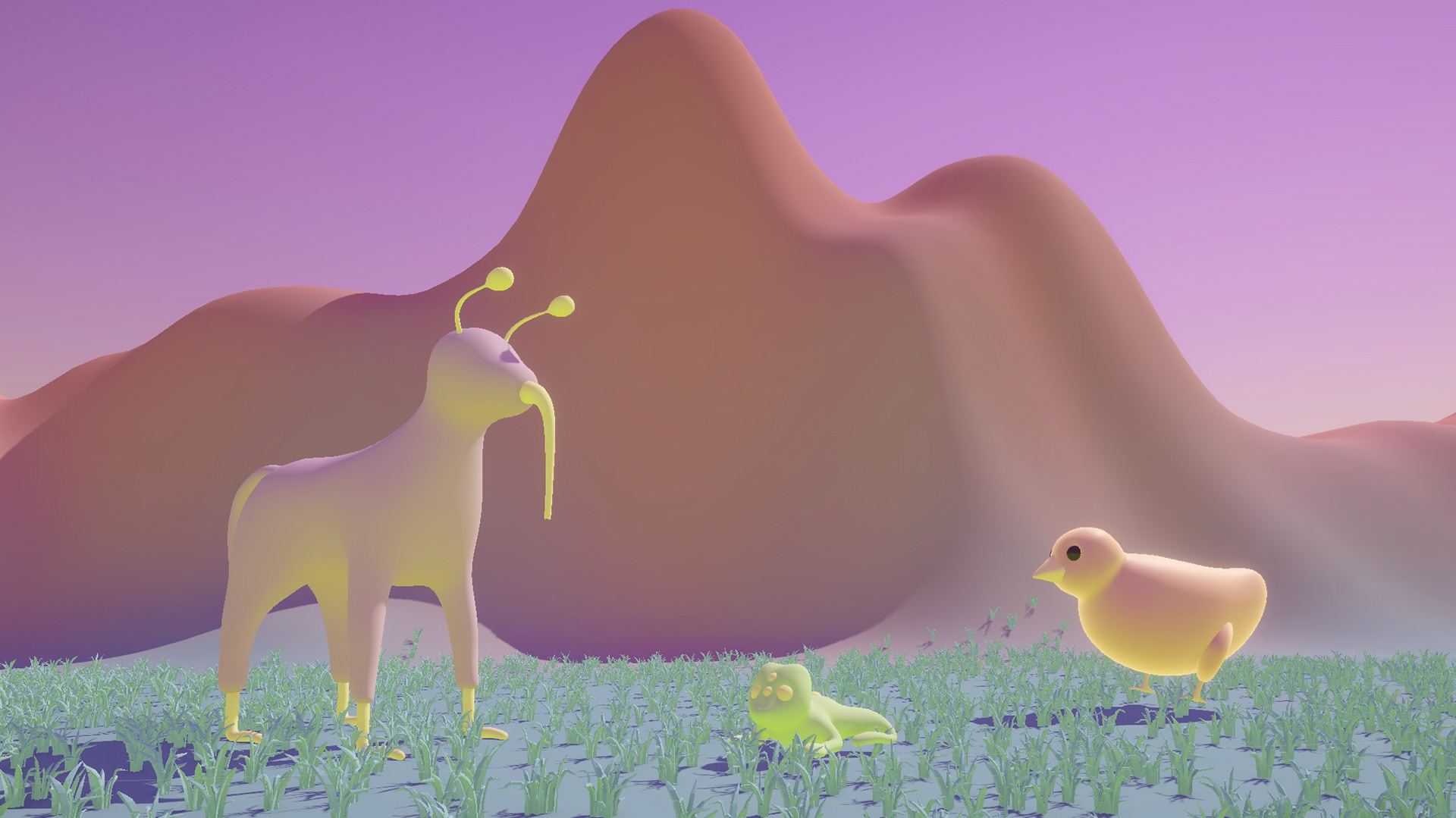
3D Models Before Toon Shader
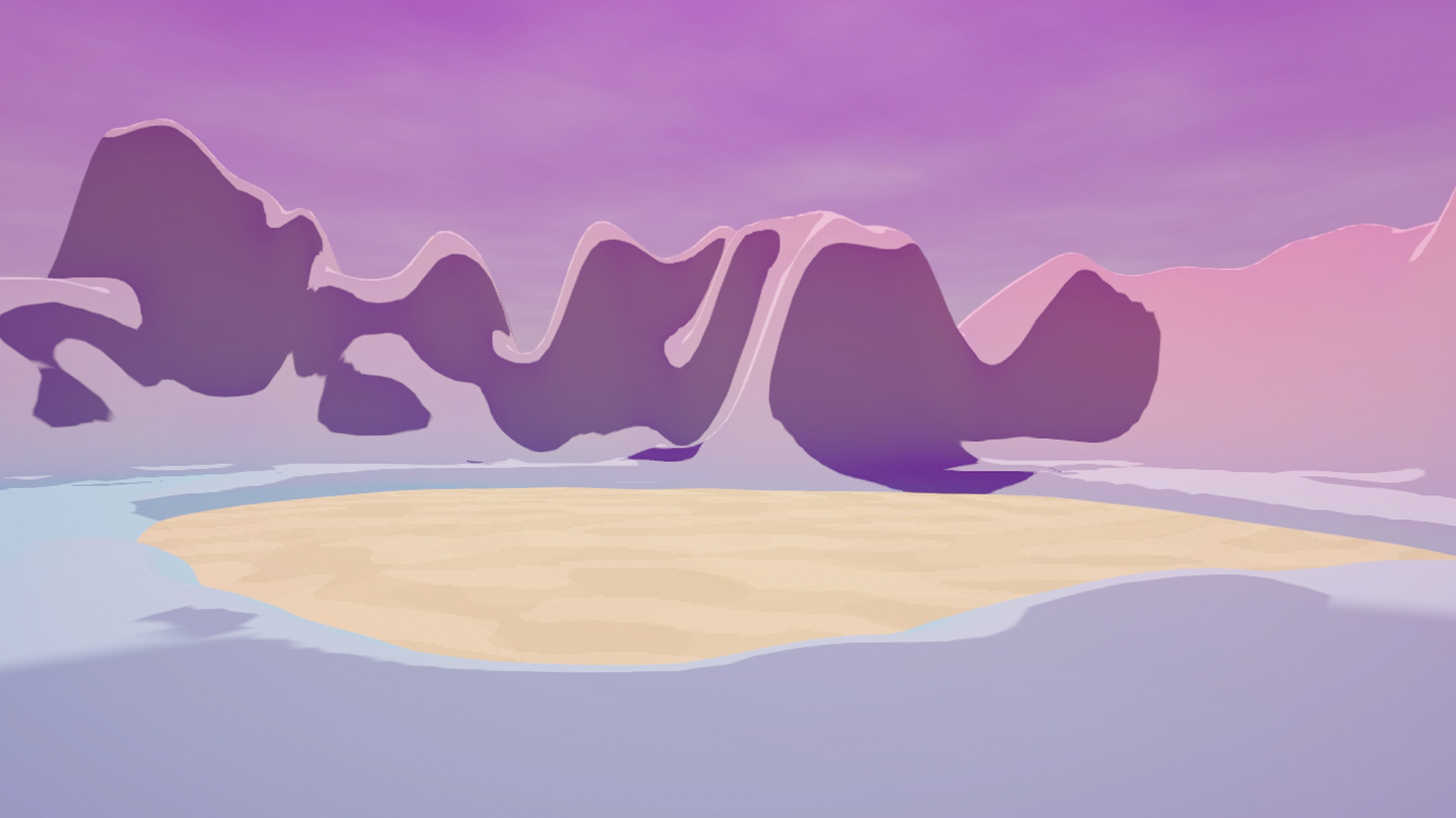
Environment With Toon Shader
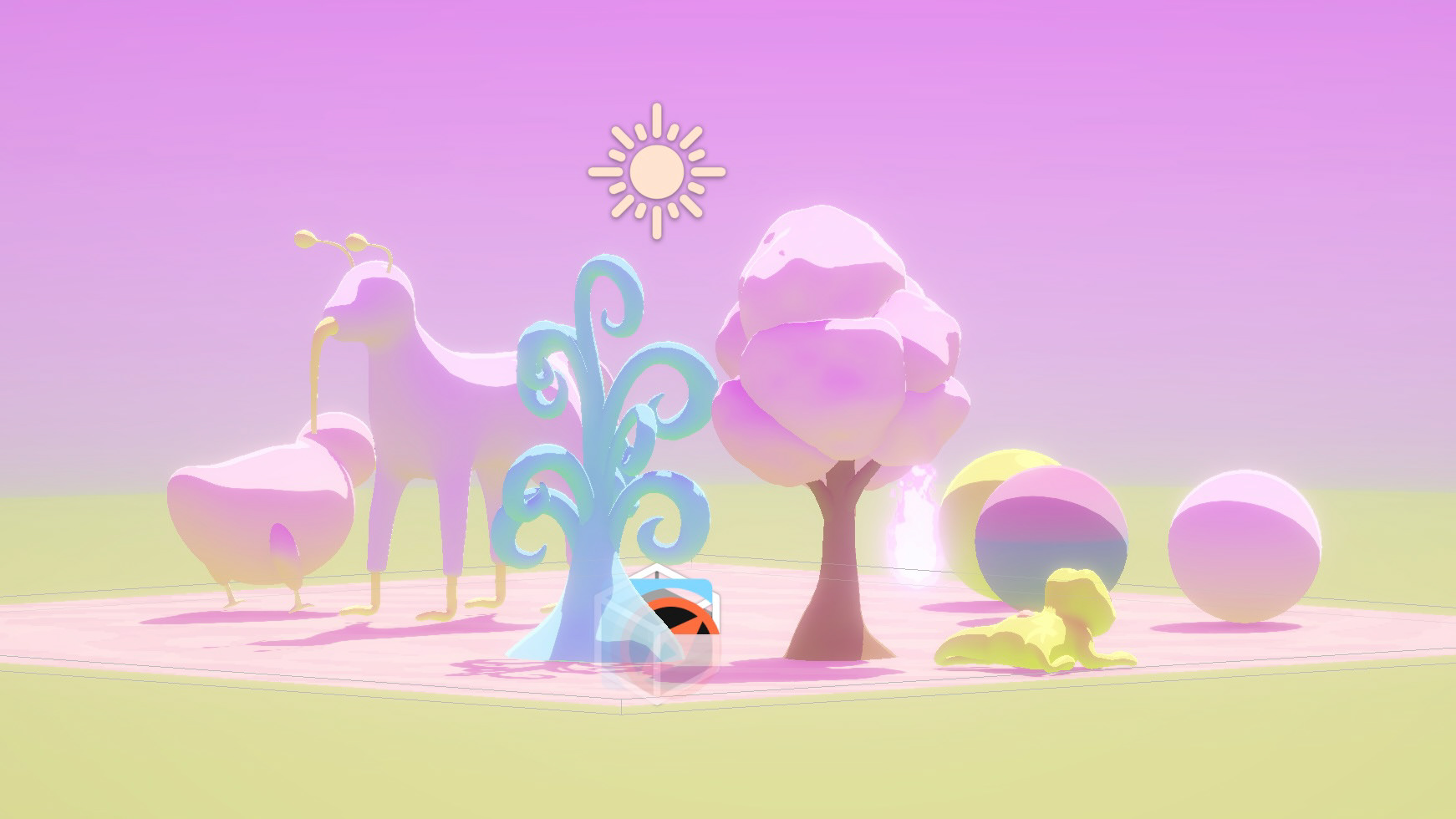
Final 3D Models With Toon Shader
For the creation of the VR experience, I used Maya for the creation, rigging and animation of the 3D models and Unity for the environment and VR set-up. I created the digital ecosystem using the Unity Terrain Tools. For the critter's behaviours, I used Unity NavMesh –the Unity AI system for path finding– to give them randomised movement. For the visual style, I created a custom toon shader using HLSL.

Crochet Models
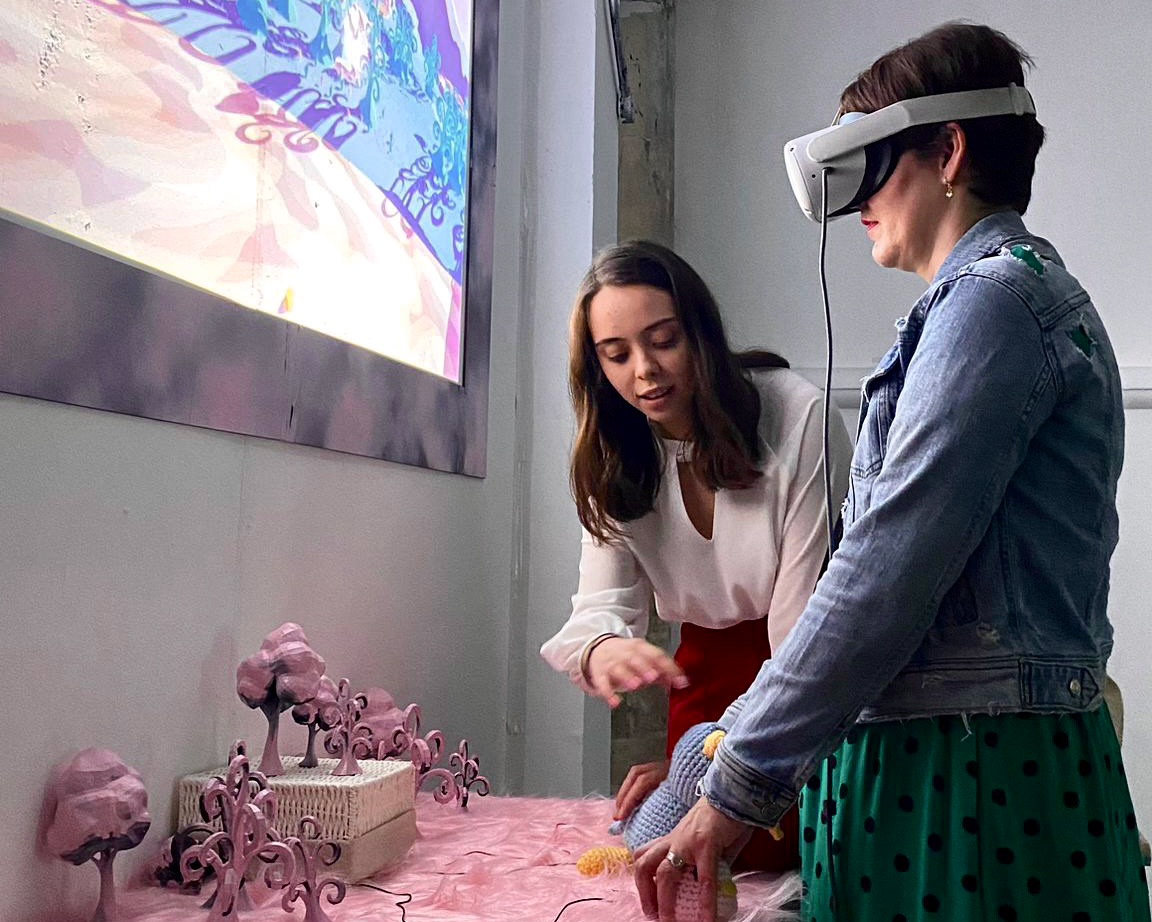
Exhibition Display
For the physical part of the project, I created wool models of the 3D critters and added the interactivity. I used an Arduino Uno board, an Adafruit MPR121 capacitive touch sensor, and conductive thread sown onto the crochet models. Finally, recreated the 3D environment in the exhibition space using a 3D printer and different textures to complete the sensorial part of the experience.
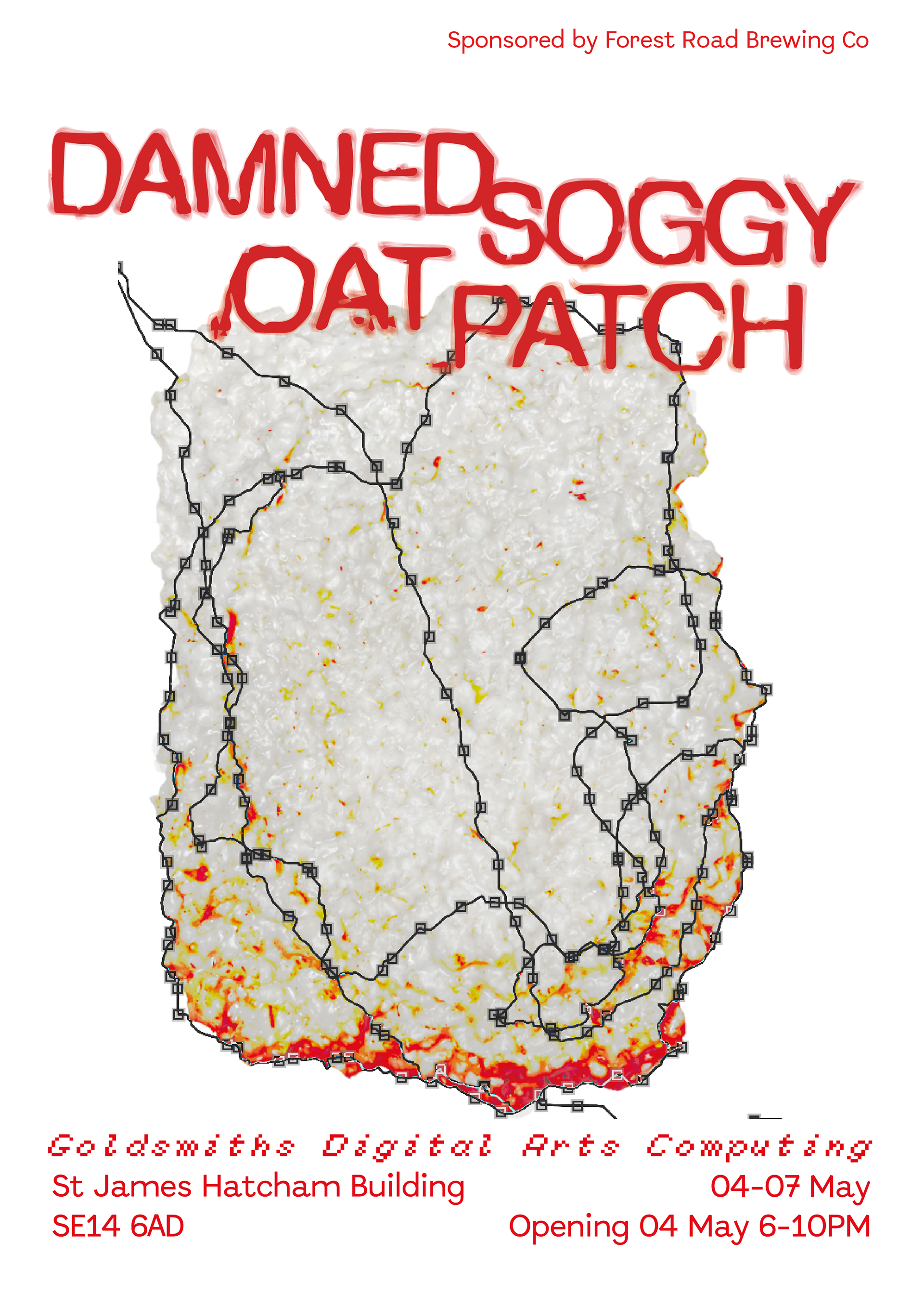
Zine Front Page
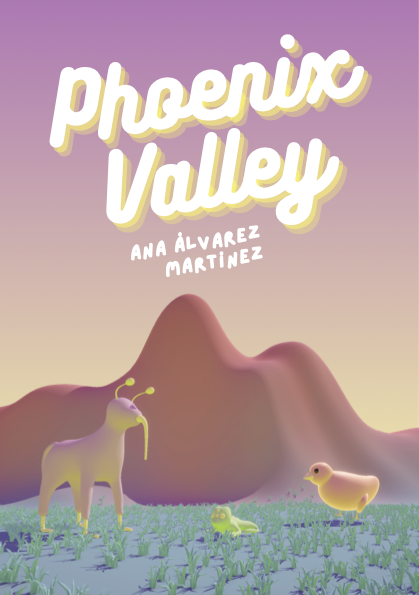
Zine Pages

Zine Pages
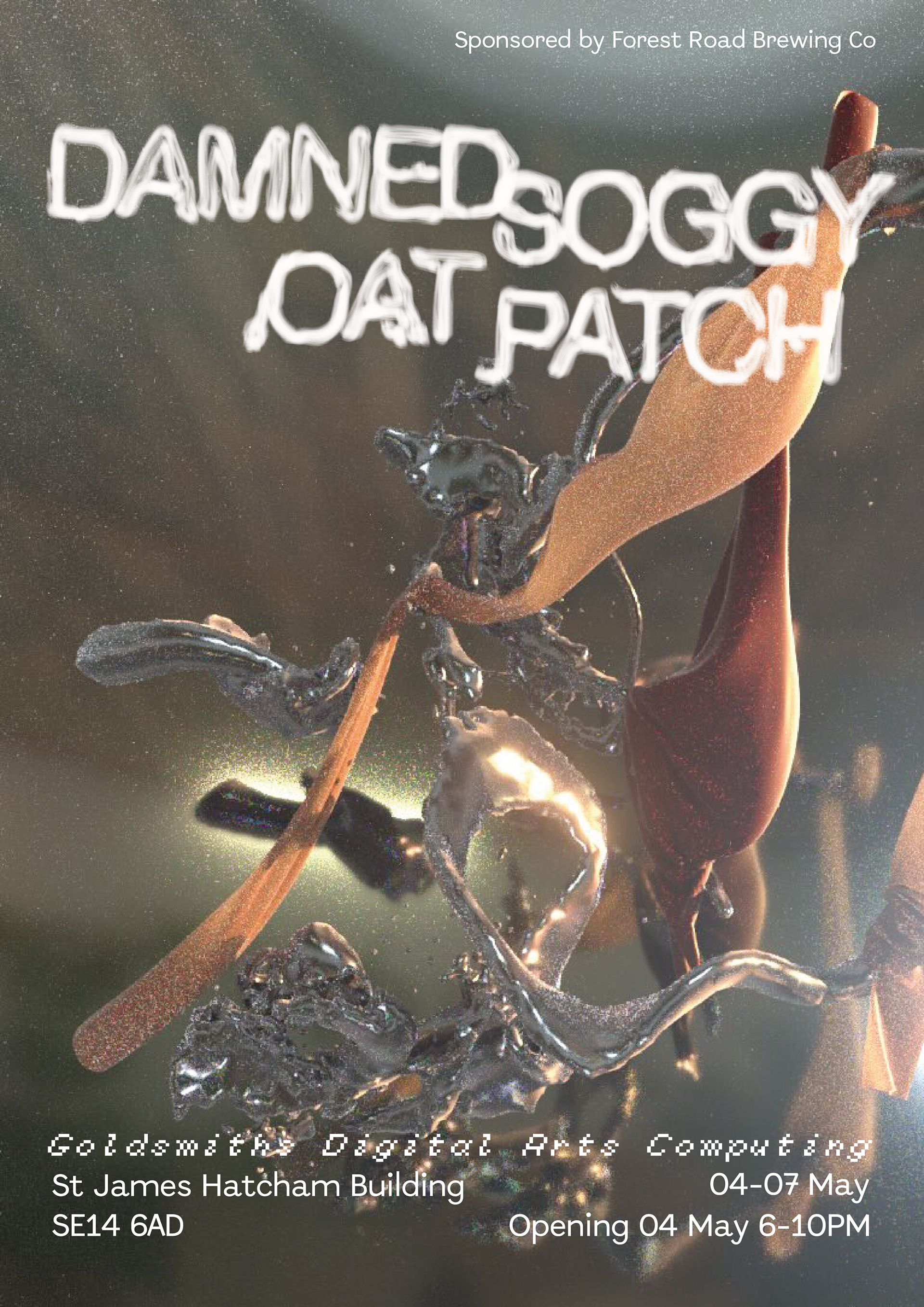
Zine Back Page
For the exhibition, which was curated by us students, we created a zine with information about some of the different exhibited pieces.

